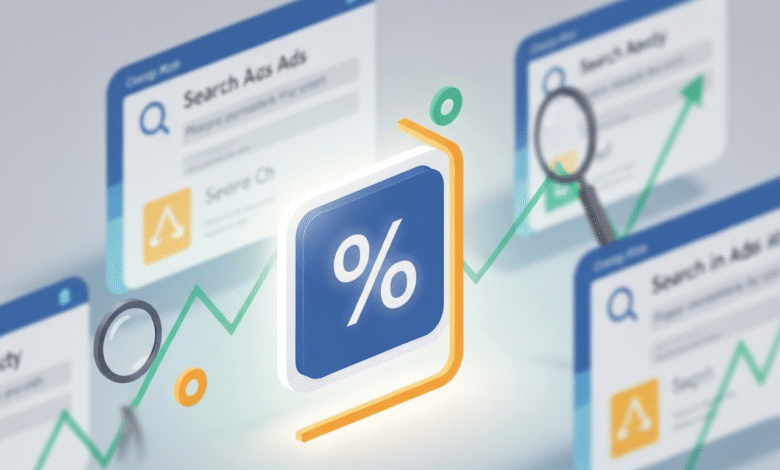Master Google Ads Promotions: A Step-by-Step Checklist

▼ Summary
– Promotion assets are Google Ads features that highlight special deals and discounts alongside standard ads in Search or Performance Max campaigns.
– They increase visibility by standing out with bold formatting or boxes in search results, potentially boosting click-through rates.
– Promotion assets offer scheduling flexibility, allowing advertisers to run promotions without constantly editing core ad text.
– They require selecting from Google’s predefined occasions but include generic options like seasonal sales for year-round use.
– To avoid disapproval, promotion assets must match landing page details including discount type, item description, and final URL.
As the holiday shopping season approaches with events like Black Friday and Cyber Monday, effective use of Google Ads promotion assets becomes critical for maximizing campaign performance. These tools allow businesses to showcase special deals and discounts directly within search results, providing a powerful way to attract attention during peak shopping periods and throughout the entire year.
Promotion assets serve as optional additions to your Search or Performance Max campaigns, enabling you to feature current sales and promotional offers alongside your regular ad content. These visually distinct elements appear on Google Search results and can also display on Google Maps for local business promotions, creating multiple touchpoints with potential customers.
The strategic advantage of using promotion assets lies in their ability to stand out visually in search results through bold formatting or bordered displays. This enhanced visibility typically leads to improved click-through rates compared to standard ad text. Another significant benefit involves operational flexibility, you can highlight time-sensitive deals without constantly rewriting your primary ad copy. The scheduling functionality allows you to activate and deactivate promotions in advance, saving valuable management time.
For ecommerce businesses running Shopping campaigns, it’s important to understand that promotion assets function differently. Special deals for product listings must be configured as Merchant Promotions through Google Merchant Center rather than within the Google Ads interface, representing a separate system with its own setup requirements.
Creating promotion assets involves navigating to the Assets section within your Google Ads account and selecting the Promotion option. You can implement these at the account, campaign, or ad group level, with Google prioritizing the most specific implementation when multiple options exist. For instance, ad group-level promotions will take precedence over campaign-level ones.
The occasion selection process offers considerable flexibility despite requiring you to choose from Google’s predefined list. Beyond major holidays like Halloween or Valentine’s Day, you’ll find generic options such as “Fall Sale” or “Winter Sale” that enable year-round promotional campaigns for businesses of all types.
Several specific details require careful attention to ensure approval and optimal performance. Inconsistent information between your promotion asset and landing page represents a common reason for rejection. Essential components include appropriate language and currency settings, clear discount type specification (monetary, percentage, or “up to” discounts), concise product or service descriptions within 20 characters, and direct links to promotion-specific pages rather than generic homepages. Optional elements like promo codes, minimum order values, and terms and conditions provide additional customization opportunities.
Google provides three layers of scheduling control for promotion assets. The promotion dates establish when your actual sale occurs, while the asset scheduling determines when the promotion appears in ads. This distinction allows for strategic timing, you might run a six-week sale but only advertise it during the final two weeks. Additional ad scheduling options let you display promotions during specific days or times, such as evenings or weekends only.
Mastering these promotional tools requires understanding both their technical setup and strategic application. Proper implementation can significantly enhance your advertising effectiveness, particularly during competitive seasonal periods when capturing consumer attention becomes increasingly challenging.
(Source: Search Engine Land)




